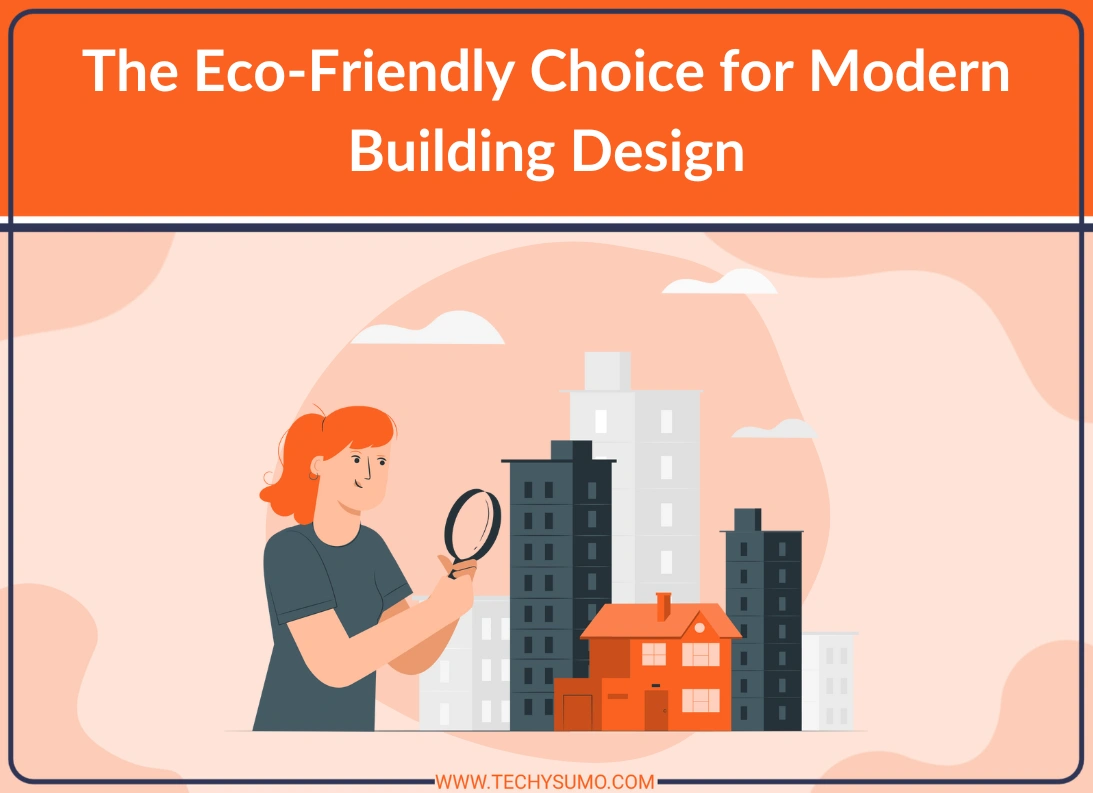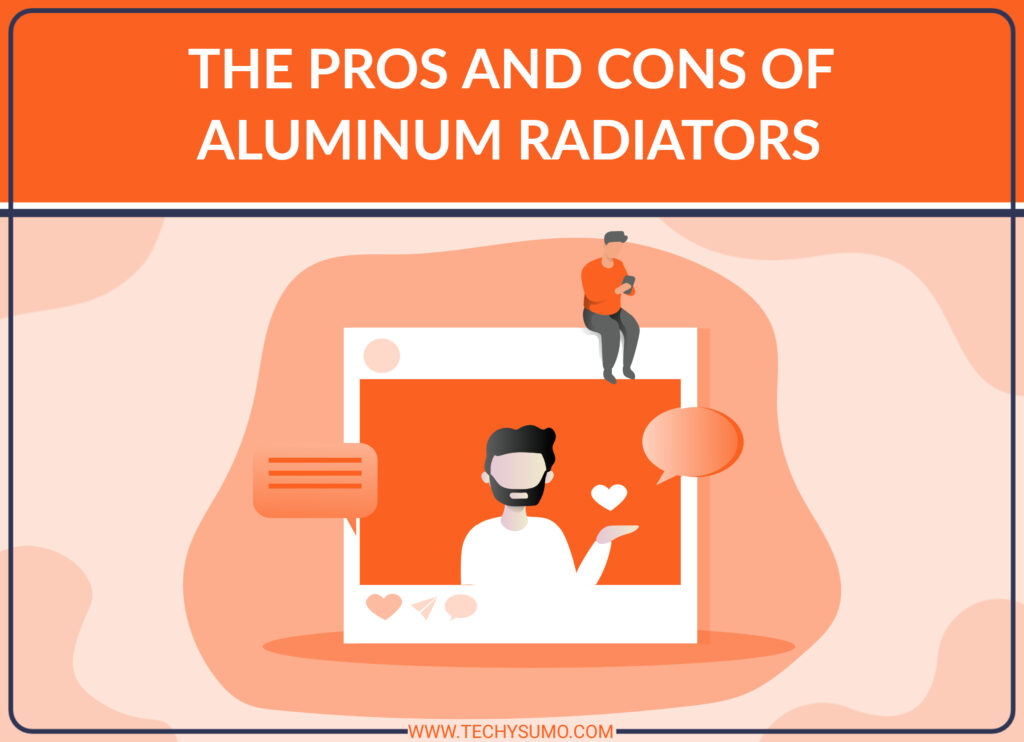Have you ever looked at a building and wondered whether its beauty came at the cost of the environment? Traditional construction materials, while familiar, often leave a heavy carbon footprint. With climate change and sustainability at the forefront of global conversations, architects, homeowners, and builders are searching for eco-friendly alternatives.
That’s where WPC cladding comes into play. By combining recycled wood fibers and plastics, WPC (Wood-Plastic Composite) offers the look of natural wood with added durability and minimal environmental impact. It’s not just another design trend—it’s a smart, sustainable solution for modern construction.
Table of Contents
What Is WPC Cladding?
WPC cladding is a modern building material created from a blend of recycled wood fibers and plastic. This composite is engineered to replicate the warmth of wood while offering improved resilience and eco-friendly qualities.
- Composition: Roughly 60% recycled wood fibers, 30% recycled plastic, and 10% bonding agents.
- Manufacturing Process: Heated extrusion and compression molding create boards that are uniform, strong, and highly resistant to the elements.
The result is a cladding material that balances design with sustainability, addressing the pain points of traditional timber and synthetic panels.
Environmental Benefits of WPC Cladding

1. Sustainable Resource Use
One of the most compelling reasons to choose WPC cladding is its contribution to resource conservation. By reusing materials that would otherwise go to waste, WPC reduces pressure on forests and landfill sites.
Also Read
- Less deforestation: Uses wood fibers that don’t require cutting down trees.
- Recycling in action: Plastics get a second life rather than ending up as waste.
2. Lower Carbon Footprint
Compared to traditional wood or concrete cladding, WPC has a smaller environmental footprint. Manufacturing consumes less energy, and the durability of WPC means fewer replacements over the building’s lifespan.
3. Waste Reduction
Because WPC can be recycled at the end of its life cycle, it supports a circular economy in construction. Builders can repurpose or recycle old boards instead of discarding them.
Durability and Everyday Performance
Durability is where WPC cladding shines, making it a favorite among architects and homeowners alike.
Weather Resistance
Unlike traditional wood, WPC cladding doesn’t warp, rot, or crack when exposed to the elements. Its composition makes it highly stable, even in regions with unpredictable climates. Whether it’s coastal humidity, desert heat, or freezing winters, WPC maintains its shape and performance. It stands up to:
- Heavy rainfall – Water-resistant surface prevents swelling or decay.
- Harsh UV rays – Built-in UV stabilizers reduce fading and discoloration.
- Extreme temperatures – Expands and contracts less than natural wood, preserving structural integrity.
Low Maintenance
With WPC cladding, gone are the days of annual sanding, painting, and staining. It’s designed to be hassle-free, making it ideal for busy homeowners and building managers. Regular upkeep is limited to:
- Occasional rinsing with water – Removes dust, pollen, and everyday grime.
- Mild soap cleaning for tougher dirt – Quickly handles stains caused by rainwater, pollution, or outdoor activities.
- No chemical treatments needed – Unlike wood, it doesn’t require protective oils or sealants.
Long-Term Value
Because WPC lasts significantly longer than untreated wood, it delivers excellent return on investment. Owners save money over time on replacements and repairs, while also enjoying buildings that maintain their visual appeal for decades. The combination of durability and minimal upkeep makes WPC an especially smart choice for large projects such as schools, offices, and apartment complexes, where long-term performance is critical.
Design and Aesthetic Versatility
Many assume eco-friendly materials mean sacrificing style or creativity, but WPC cladding proves otherwise. It blends functionality with visual appeal, giving architects and homeowners freedom to design without limits.
Wide Range of Styles
WPC cladding is available in a variety of colors, grains, and finishes, offering endless possibilities. Whether you want the warm, rustic charm of timber or the clean, minimalist look of modern design, WPC delivers. Unlike natural wood, which can fade or discolor unevenly, WPC maintains a consistent appearance for years, making it easier to achieve long-lasting aesthetics.
- Natural wood look: Rich grains and textures for traditional or rustic homes.
- Modern finishes: Sleek, uniform tones suited for contemporary architecture.
- Custom options: Some manufacturers offer embossed finishes or dual-tone panels for unique visual effects.
Applications Across Projects
WPC cladding is highly adaptable, fitting seamlessly into both residential and commercial projects. Its versatility has made it a favorite for:
- Exterior façades – Adds texture, depth, and insulation benefits to building exteriors.
- Interior feature walls – Creates statement walls that bring warmth and character indoors.
- Public structures – Durable enough for high-traffic environments like schools, offices, and community centers.
Here’s a quick comparison:
| Feature | Traditional Wood | WPC Cladding |
| Maintenance Required | High | Low |
| Lifespan | 10–15 years | 25+ years |
| Eco-Friendliness | Mixed | High |
Why WPC Cladding Makes Financial Sense
While the upfront cost of WPC may be slightly higher than traditional wood, the savings add up quickly:
- No ongoing paint or sealant costs
- Fewer repairs or replacements
- Higher resale value for buildings marketed as eco-friendly
In the long run, WPC cladding isn’t just a green choice—it’s also a smart financial decision.
Practical Tips for Using WPC Cladding
If you’re considering WPC cladding for a project, here are some tips to get the best results:
- Plan for ventilation – Ensure proper airflow behind the panels to prevent moisture buildup.
- Choose the right finish – Darker tones may absorb more heat; lighter finishes often perform better in hot climates.
- Use professional installation – While DIY is possible, professional installation guarantees alignment and durability.
- Think long-term – Select neutral tones or timeless textures that will complement future design updates.
These steps not only maximize performance but also extend the life of the cladding.
WPC Cladding in Action
Across the globe, WPC cladding is reshaping how buildings are designed and experienced. For example:
- In residential homes, it offers natural beauty without constant upkeep. Families can enjoy wood-like exteriors without worrying about termites or rot.
- In commercial buildings, WPC projects a polished, modern image while reducing long-term operating costs.
- In public spaces, such as schools and community centers, it provides safe, durable surfaces that withstand heavy use.
The versatility of WPC makes it adaptable for nearly any building type, proving that eco-friendly choices can also be practical and stylish.
A leading example is Oakio Cladding, a wood-plastic composite product made from 55% oak wood fiber, 35% plastic resin, and 10% additives. Engineered to resist warping, rotting, fading, and cracking, Oakio balances the natural beauty of wood with exceptional durability, making it a reliable, low-maintenance alternative to traditional timber.
Conclusion
As the world moves toward more sustainable construction practices, WPC cladding stands out as a material that balances environmental responsibility, long-lasting durability, and timeless design. It helps reduce waste, lowers maintenance costs, and provides architects and homeowners with versatile design options.If you’re considering eco-friendly building materials, WPC cladding is a smart, future-ready choice. It’s not just about building for today—it’s about creating structures that stand the test of time while respecting the planet.






